The 1961 Ford Unitron Is the Lowest RV You Probably Never Heard Of
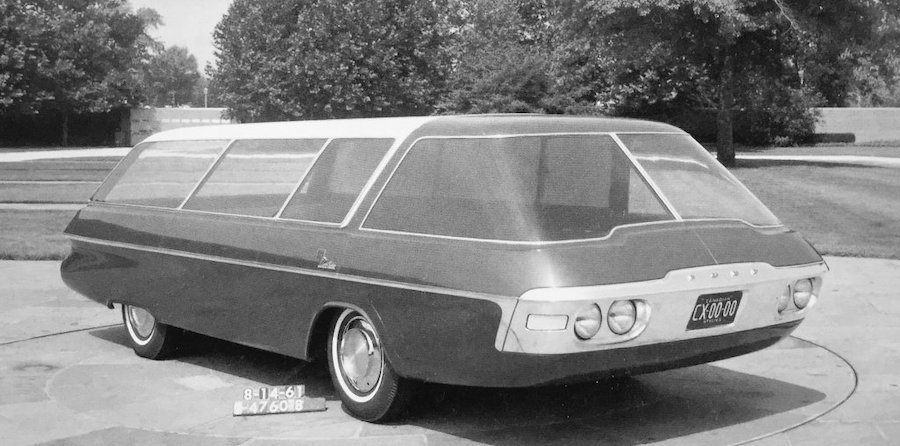
Conceptual studies are one of the ways in which the automotive industry learns, adapts, and welcomes change. This also applies to other industries, like the private naval sector: concepts are meant to push the envelope of what is possible, to imagine what could be instead of what already exists, and to propose new technologies and features that fuel innovation.
Concepts are design exercises that test limits and attempt to defeat them. Most of them never make it past the page they're drawn on, while a lucky few reach extended development and prototype stage. Even fewer become real cars and reach production stage – those are the true winners.
But that's not to say that concept vehicles that don't make it that far are any less worthy of your attention. They deserve consideration for how bold they are in their attempt to push boundaries or, at best, for some features that trickle down to other production-series models.
Today's Blast from the Past story is a good example of forward thinking and innovation, wrapped up in a four-wheel vehicle that aimed to break with tradition and explore new ventures. It is the recreational vehicle of the future imagined by Ford back in the '60s, the 1961 Ford Unitron. Even the name is futuristic!
The Unitron is a retro-futuristic recreational vehicle that aimed to be "the best" through multi-functionality. The Unitron was more than an RV; it was a platform that rendered itself open to a myriad of applications, including as a camper, a mobile office, a pickup truck, a delivery van, and a good-ol' people mover.
There's a good reason why you never heard of it, and that's because it never made it past the initial development stages. To its credit, though, it was more than just a render.
The idea for an RV of this kind was born sometime in 1959, when a Ford executive suggested to Vice President of Styling George Walker an expansion onto the booming market of recreational vehicles. The idea was then forwarded to Corporate Advanced Studio, where design chief Elwood Engel tasked manager Gale Halderman with the project.
Halderman picked Dean Beck, a designer who had graduated from Art Center just one year prior, for the task. The three supposedly worked together on a proposal for such a versatile platform, which eventually became the Unitron and which lives on mostly through Beck's surviving sketches. You will find some of them in the photo gallery above.
This being the Space Age, Beck imagined the vehicle in accordance with how designers envisioned all cars of the future: sleek, polished, and outlandish.
While the Unitron might bear common traits with other vehicles of the time, whether production models or concepts, it was a clear departure from previous Ford designs. In fact, the only thing that made the Unitron a distinguishable Ford design was the signature round taillights Ford had introduced one decade earlier.
The Unitron was a rear-engined vehicle, which allowed Beck to include a wraparound all-glass section for the windshield and front windows, and to move cabin space forward. It was a clean and crisp approach to RVs, with the added planned bonus of multi-functionality for the platform.
No word on how the initial brief for the RV was like, but Beck's interpretation of it was a vehicle that was longer, wider, and much lower than anything Ford had done before.
The Unitron was only 56 inches (142 cm) tall, making Beck look like a giant by comparison in the sole surviving photo of the two together. The idea behind that was probably to make the RV suitable as a daily driver and an easily garageable one, too. In reality, it was part of the reason why the project never reached production. Expand space as you will through length and width, but you're not going to have a very comfortable RV if there isn't a decent amount of headroom.
Still, the Unitron did move forward in development, with the team focusing on a dual-use RV and mobile office model. A full-size clay model was completed and showcased in late 1960, and a fiberglass studio glider was unveiled in August 1961.
The project was shelved soon after that, so that Beck and the team never got to install a drivetrain or do any kind of work on the interior. Ford brass decided that a vehicle like the Unitron would never be made into a production model.
Sometime later, Beck moved to Ford's Mercury Pre-Production Studio and would contribute to the design of the 1967 Mercury Cougar and the 1986 Ford Taurus, thus securing for himself a spot in the pages of automotive history, where his Unitron failed to do it.

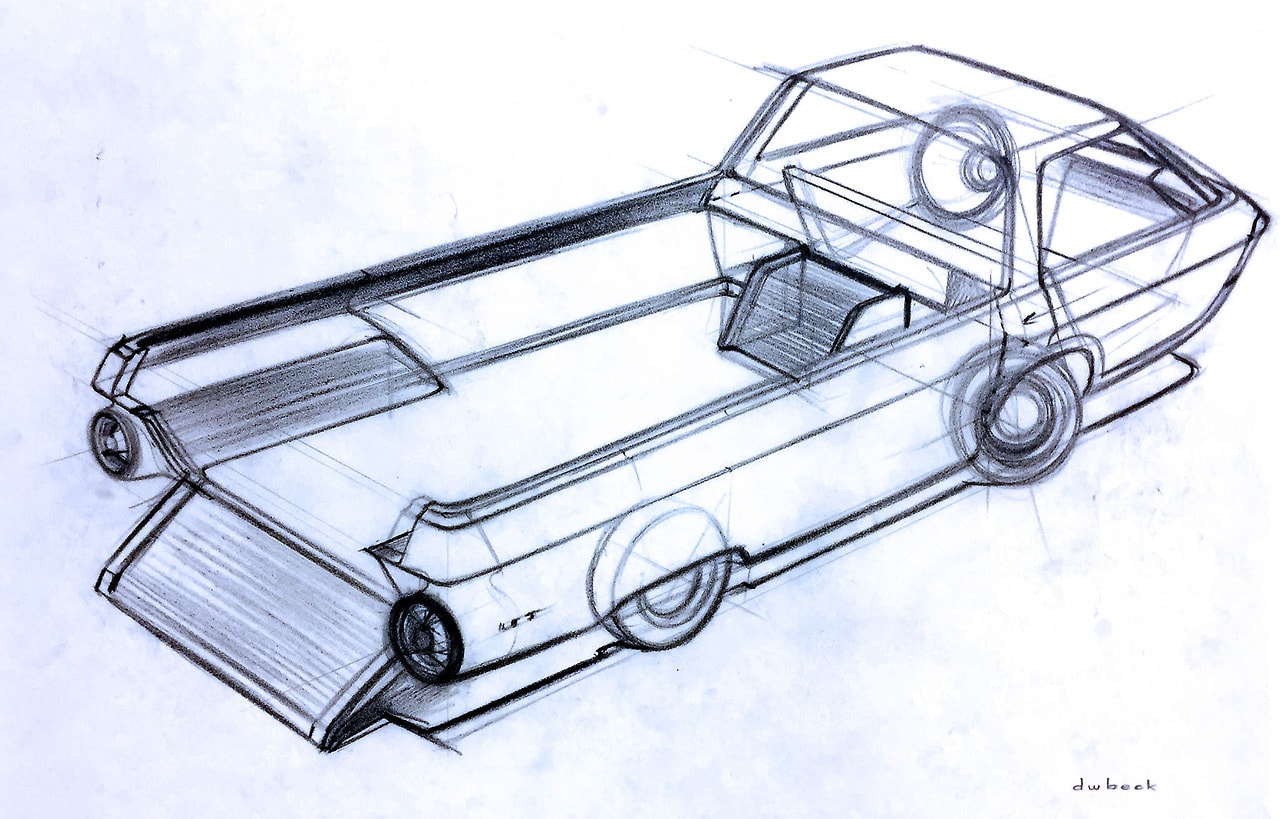
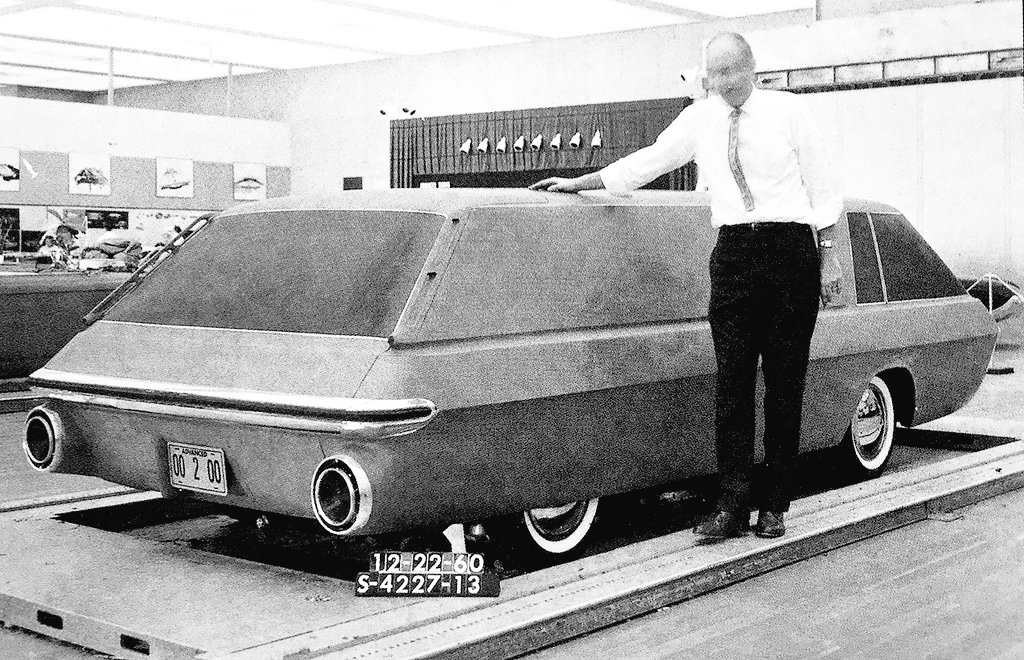
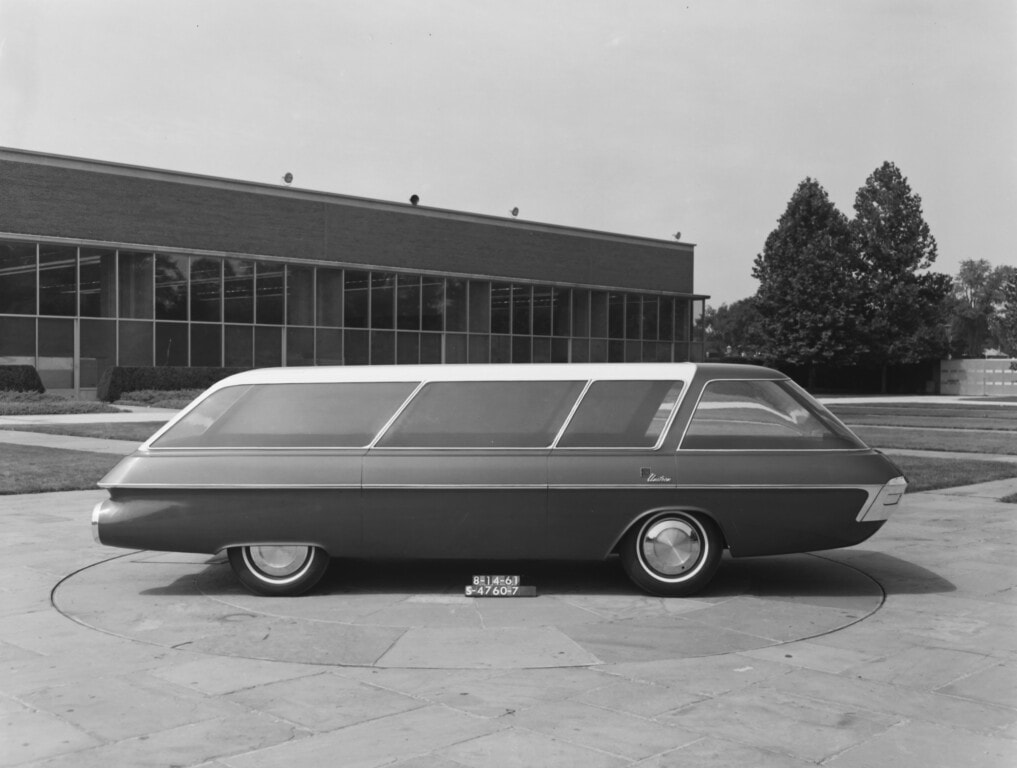
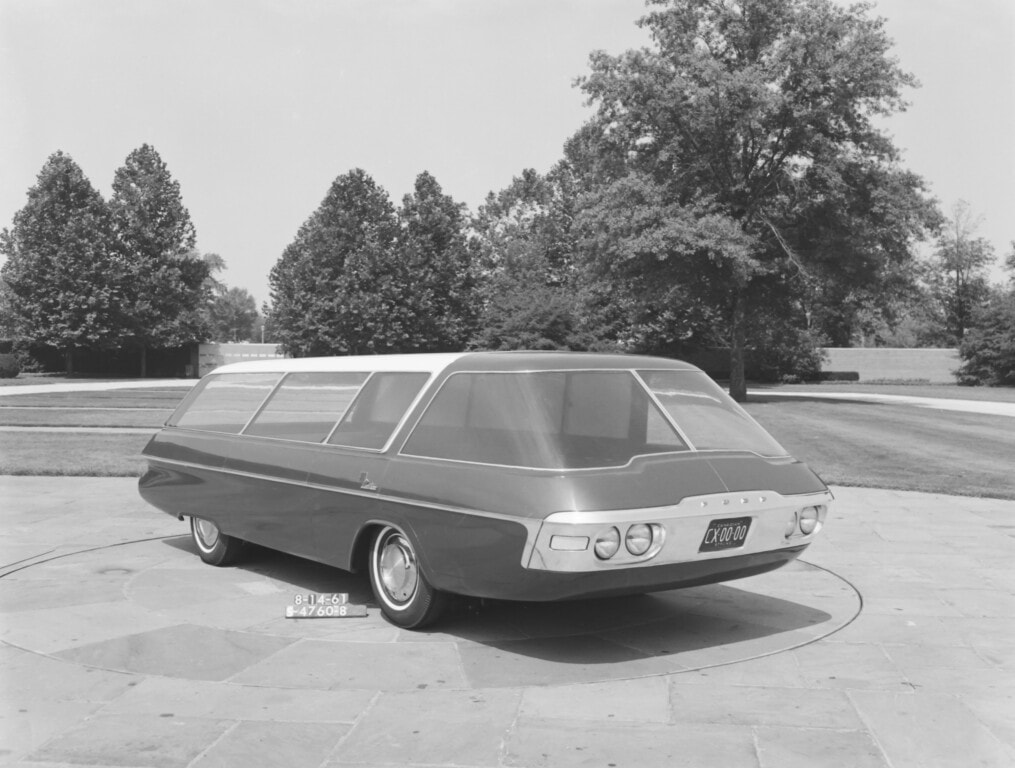
Noticias relacionadas
